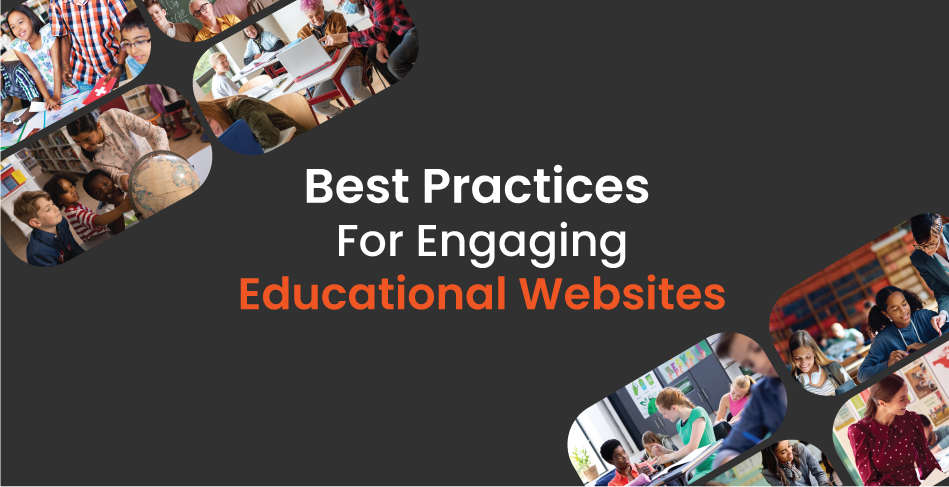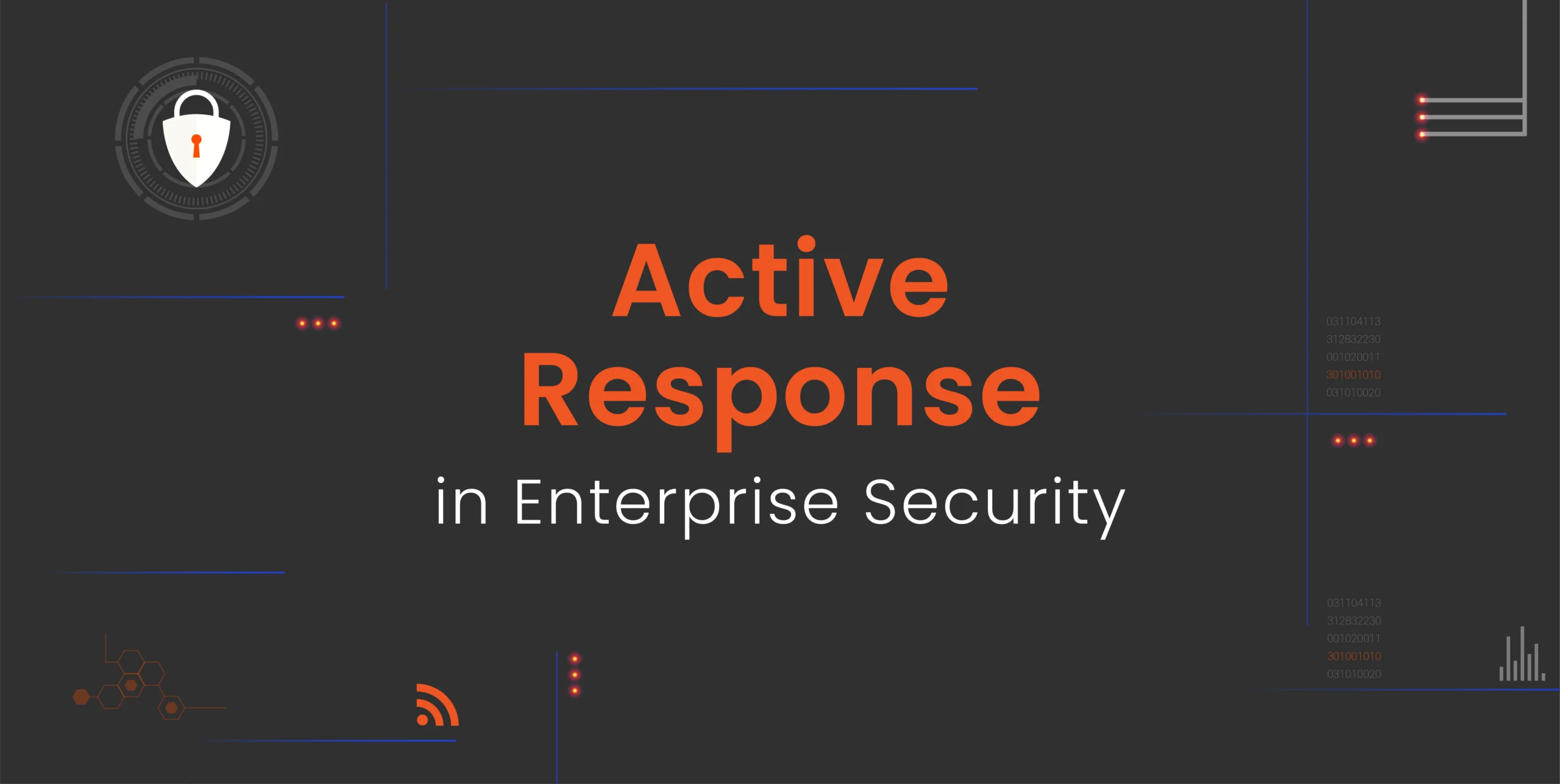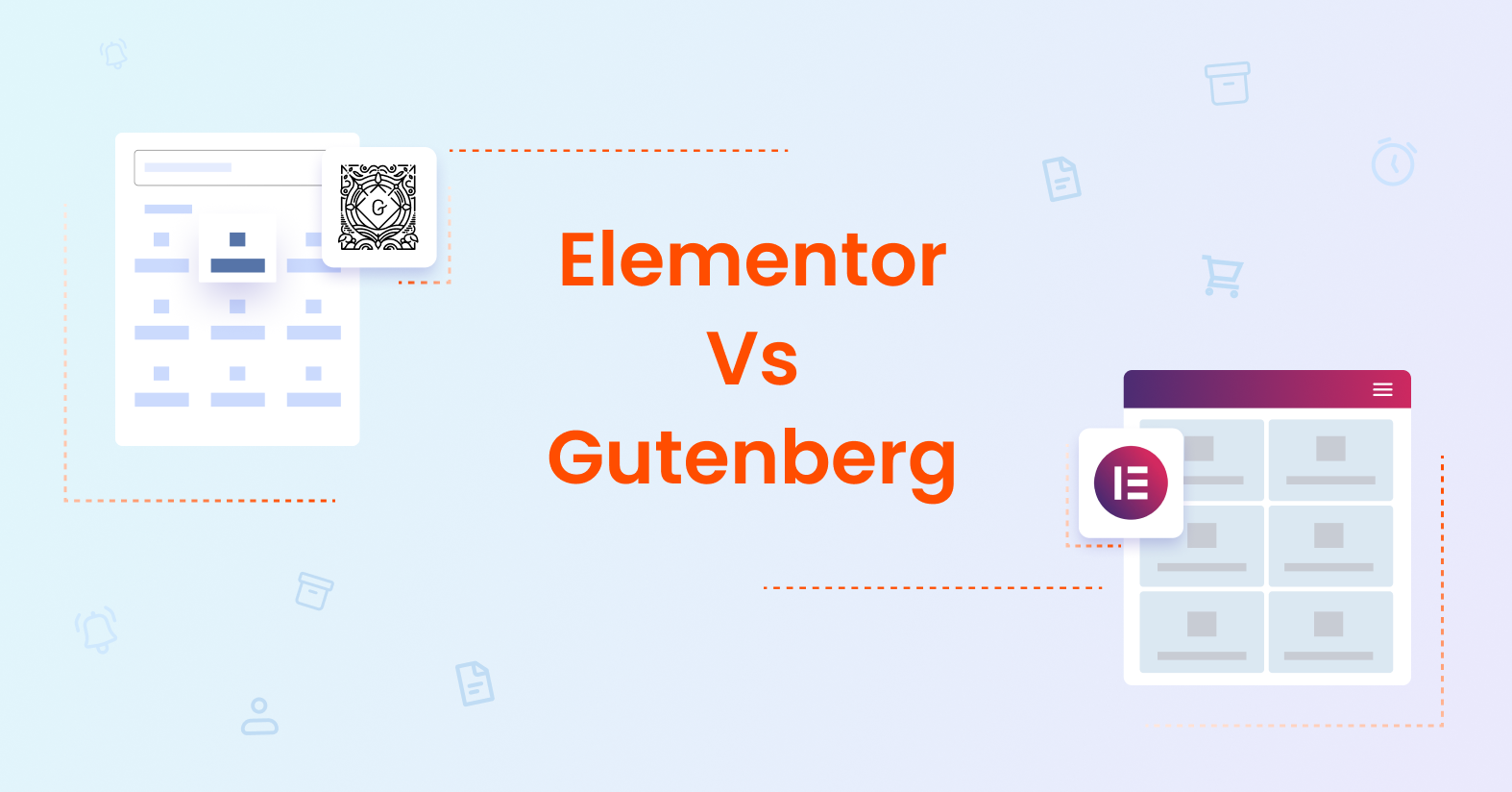As traditional methodologies continue to evolve, the new standard is engaging educational websites. Technology-driven environments and interactive tools have made the learning atmosphere far more dynamic than conventional education. In such an environment, educators are fully involved in engaging their learners in hands-on. Immersive activities that would lay a deeper understanding of the material and sharpen critical thinking ability. This article will therefore go in-depth into why engaging educational websites are important. It will give some tips on how to design an interactive learning experience. And thereby focus on the benefits interactivity has for the classroom.
Before going deep into how one can create an educational website, let’s define what it is and then delve into some of the different types that are around today.
What are the Educational Websites?
Engaging educational websites are complex, interactive tools that are intended to deliver a rich volume of information to prospective students. As well as for enrolled students, parents, educators, and people changing careers. These must be well-organized and easy to navigate. So that users can quickly access any information about programs, staff, or services.
In fact, most of the students and their parents get to know about institutions offering education through these engaging educational websites, sometimes even knowing how the institutions are managed and what facilities they have, as well as the courses offered and generally what they have to offer. This will help them decide on whether the particular school, college, or university will be appropriate for them academically.
But more importantly, engaging educational websites are very significant tools for educators, professors, and staff. In this direction, they offer features such as personalized user accounts-including schedules and performance tracking and provide teaching resources. A fully functional educational website will be able to meet the needs of students and faculty alike.
More broadly, these sites allow people to find new trajectories-whether it is high school graduates moving into college, businesspeople looking to add to their portfolios of skills, or people desiring to change careers altogether. Similar to religious sites, educational sites need to build trust and offer some sense of community shared space in which students and teachers can have confidence as they begin their journeys.
Common Types of Engaging Educational Websites
Educational websites come in two general flavors:
- Institutional Websites
An official website from schools, colleges, universities, and other educational institutions. These are the information portals for prospective and current students, parents, and staff.
- Online Course Marketplaces
Engaging educational websites like Coursera, Udemy, Skillshare, and edX offer access to their courses provided by a wide variety of providers; learners can take classes in everything from academic subjects to professional skills. These sites appeal to lifelong learners looking for knowledge and certification in many different arenas.
So, do you think that engaging educational websites matter for your education business? Let’s find out.
Benefits of Having a Website for Your Educational Institution
A website today is an absolute necessity, bringing credibility, and not only that, but it also contains all the critical information under one single handy umbrella, and that in itself can serve as a reason for better levels of trust and ultimately, admissions into that very institute. The online presence needs to be strong; a good website is the first contact that would-be students and parents would navigate. It underlines what your institution can offer in values and points of strength. Meanwhile, it should ease admission, keep the school community updated in time, and provide engagements with ease.
It helps educational institutions reach out to the masses, builds reputation, and engages all stakeholders with the application of digital tools. The investment in a functional and professional website is now a necessity rather than an option for those who need to keep the competitive edge in these digital times.
Importance of Online Presence
An updated, professional website adds enormous credibility to your institution. But more importantly, when your school is showcased online, it increases in visibility and, in turn, you can attract prospective students with much greater efficiency. A website can easily be the most important tool to communicate information to create that strong, long-lasting first impression.
Expand on How to Get That Wider Audience.
Great facilities and faculties of your institution notwithstanding, without a created online presence you are limiting your reach to the local audience only. A website helps expand your reach across different regions for students and parents, creating more enrollment opportunities, and thereby extending the community of education.
Building Credibility
The more well-kept the website, the more credible your institution will seem. As the modern world extracts information from the internet, they will believe in an organization with a strong presence on the internet.
Making Communications Effective
Smooth communication is the backbone of success for any educational institution. The website enables smooth communication between the institution and all its stakeholders. Contact forms, live chat options, and email newsletters will keep the students, parents, and staff updated on the important announcements, events, and achievements within the institution. This brings transparency and a sense of community within the school.
Showcase Achievements and Resources
Your website introduces the public to your successes and available resources. From academic excellence to extracurricular programs to staff achievements, a website may feature these aspects in attempting to interest prospective students and their parents into participating in a more complete learning experience. From online learning materials and study tools to access to educational materials for your students, this further adds to the value of the website to your enrolled students.
Marketing and Branding of an Engaging Educational Website
A website is one of the most critical tools for marketing and branding an educational institution. An educational website generally highlights the academic and extra-curricular programs in a quite detailed way and it also tries to reflect the culture of the institution through appealing content, multicolored images, and videos. By revealing the strengths and strong points of the institution, new students and your staff will be attracted to your school since the website reflects an excellent first impression and overstates the commitment to excellence.
24/7 Information Availability
A website ensures information about your courses, admissions, faculty, and whatever else needs to be known about your institution is available 24*7. This level of access builds trust and credibility since the prospective students and their parents can view the institution at a time most convenient for them.
Engagement and Interaction
A properly developed education portal will foster interaction and participation to such an extent that possibilities of interaction among students, parents, and teachers in a very healthy manner can be afforded easily. Online discussion forums, options to provide feedback, and the usage of interactive learning tools could make the whole learning process quite interactive and shared.
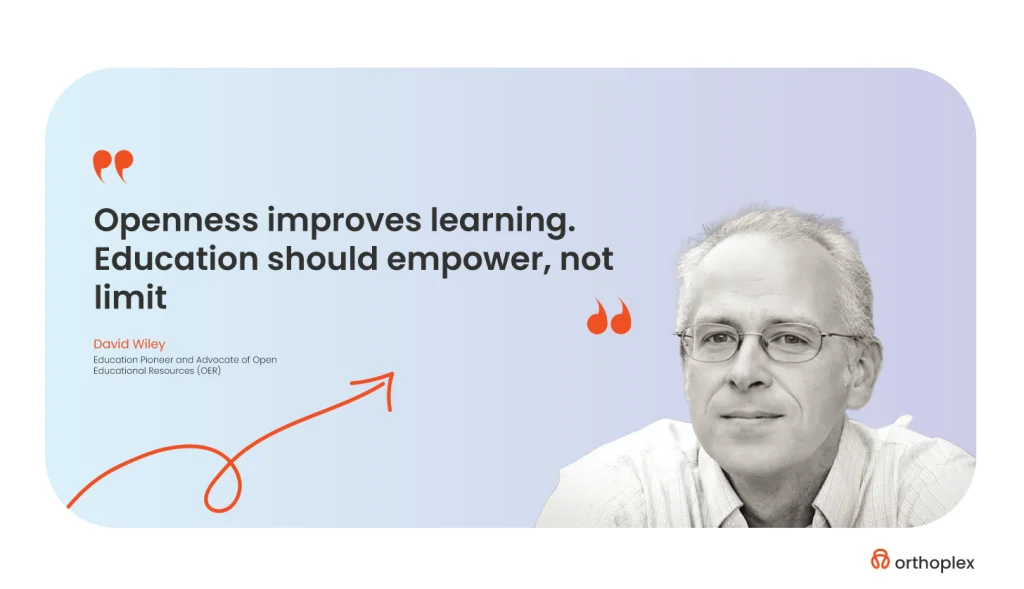
Cost-Effective Solution
A website is an inexpensive way to help educational institutions lower perint costs and effectively facilitate smooth communication. Savings on printing and distribution, together with the long-term financial benefits accruing from the wider digital reach of your message, constitute a reason valuable enough for investing in a website.xper
Data Analytics and Performance Tracking of Your Engaging Educational Website
Furthermore, through a website, any educational institute may be able to record user behavior, monitor traffic that reaches the website, and analyze its performance with the support of tools like data analytics. This will give enormous scope for informed decision-making about outreach improvement, optimization of content, and enhancement of user experience. Data analysis will help the institution ascertain what programs are in demand, enhance decision-making processes, and keep it ahead of competitors.
Here are some widely used data analytics tools that educational institutions can utilize:
Google Analytics
A comprehensive tool for tracking website traffic, user behavior, and conversion rates. It helps institutions understand visitor demographics, page performance, and content effectiveness.
Mixpanel
Specializes in tracking user interactions with applications and engaging educational websites, offering insights into engagement metrics, user retention, and conversion funnels.
Hotjar
Provides heatmaps, session recordings, and feedback tools to understand how users interact with a website, allowing for improved user experience optimization.
Adobe Analytics
A robust tool that enables deep analysis of website traffic, user behavior, and marketing performance, with advanced segmentation and forecasting features.
Tableau
A powerful data visualization tool that helps educational institutions create insightful reports and dashboards from their website data, making complex data easier to interpret.
SEMrush
An analytics tool focused on SEO and online visibility, providing insights into website performance, keyword rankings, and competitor analysis.
Crazy Egg
Offers heatmaps and A/B testing tools to visualize how users navigate a website and optimize design and content placement for better engagement.
A/B Testing-also referred to as split testing-is a methodology in marketing and web design where two varieties of a webpage, email, or any other content are made to run in live environments to establish which of the two better yields a specified objective, whether higher conversion rates, increased click-through rates, or improved user engagement.
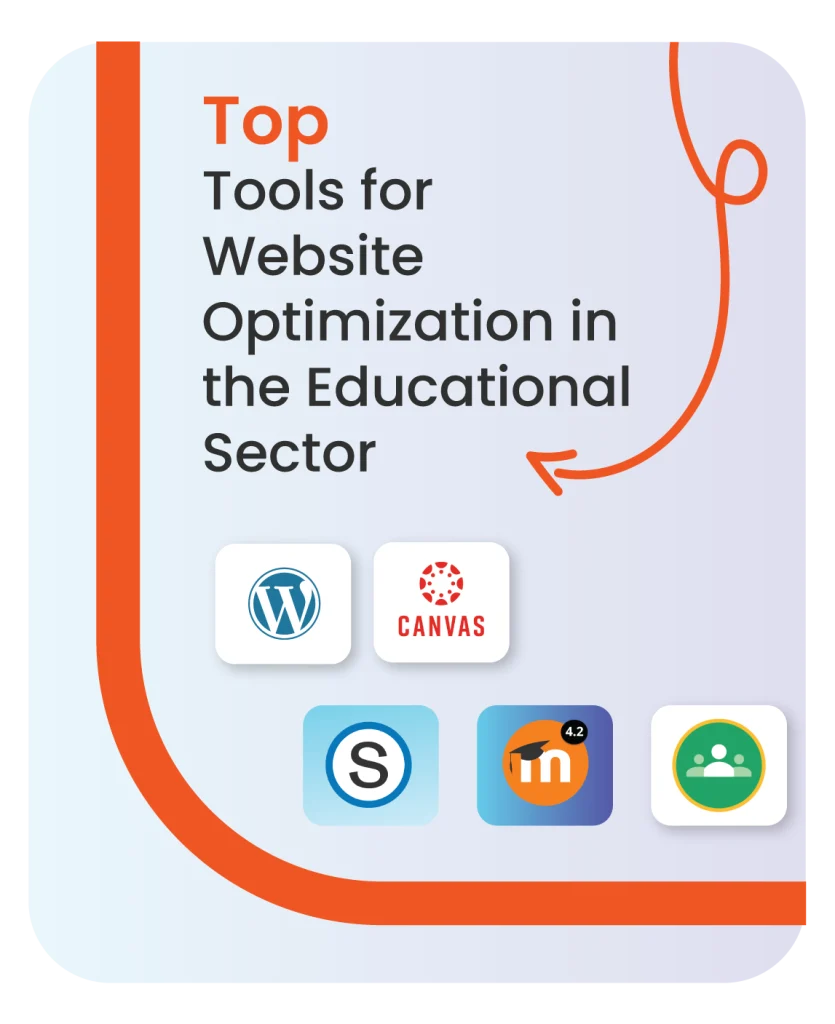
Stay Ahead of Competition
Also, having a website keeps your institution abreast with contemporary education and promotes it within the virtual space. Your institution should be able to give some evidence of innovative teaching methods, unique academic offerings, and success stories that distinguish it from other institutions.
Or, in other words, having a website for your educational institution isn’t about an issue of need but one of great significance in building credibility and expanding reach to be competitive in this fast-evolving world of education. But how about having a mobile application?
Unleash Mobile Learning: Best Practices to Optimize eLearning Content for Smartphones and Tablets
By designing eLearning content that fits perfectly on smartphones and tablets, you can unlock the power of mobile learning through engaging educational websites. With mobile devices becoming the go-to choice for accessing information, creating optimized learning experiences is more important than ever. Go mobile by optimizing eLearning content for smartphones and tablets. Learn how to take full advantage of tips and best practices to develop engaging, accessible, and user-friendly learning experiences that maximize on-the-go learning.

Pocket-Sized Learning for a Mobile-First World
With the trends in today’s digital world, mobiles are everywhere, and that changed the way we used to look at or interact with information. The eLearning industry is catching up with the trend, and responsive designs enough for mobile devices have just turned out to be a must for modern learners. In that way, optimization of the eLearning courses on mobile devices should contribute to making education content more accessible, flexible, and efficient anytime and anywhere for learners.
The following text describes a series of best practices and strategies that an Instructional Designer can apply during the development of eLearning content for mobile devices to make sure that the content is smoothly and interactively delivered.
Understanding the Mobile Learner
The traits of mobile learners are unique; they want to learn on the go. That means chunk-sized content, shorter lengths of sessions, and intuitive interfaces allowing the application of habits on the mobile; they want to navigate through the content quickly and smoothly with experiences that maximize the use of their device.
Top Tips for Designing Mobile-Friendly eLearning
Responsive Design
Responsive design means that through eLearning, the content automatically fits onto different screen sizes and orientations. Whether it is on a smartphone or a tablet, the flow of layout on-screen and automatic optimization occurs. You can achieve this using responsive frameworks to make sure complete consistency in learning on any device is guaranteed.
Simplified Navigation
Mobile learners love simplicity. Simplify navigation by using clear menus, icons, and collapsible sections. Avoid unnecessary scrolling or complicated interactions that might hinder user usability. Content that is easy to follow and logically flows makes more sense on a small screen.

Chunking Content
Break down content into smaller, easily digestible chunks. Design a single learning objective, per module, so that learners can complete them in shorter intervals of time. This aligns with the preferences of the mobile learner, thereby allowing for better engagement and retention.
Optimization of Multimedia
Ensure the multimedia tools, CallCheck videos, and images, among others, are mobile-friendly. Compress media to ensure faster loading without loss of quality. If bandwidth is an issue, use animation graphics or audio files to bring up a flawless learning experience.
Mobile-Friendly Assessments
Accordingly, assessments are optimized for mobile using a responsive design. Mobile-friendly question types, such as multiple-choice or drag-and-drop questions can use immediate feedback, and show results in a way that makes it easy to view on small screens.
Device Compatibility
Compatibility testing in eLearning content for layout, navigation, and multimedia performance across a range of devices and operating systems. Testing frequently will solve compatibility problems that might be at odds when going live, allowing one to guarantee a smooth user experience.
Mobile-Friendly Interactions
Integrate the feature of mobile devices about touch-based interactions, swipe gestures, and gamification elements like badges and leaderboards for driving an interactive learning experience. Make it social through the use of discussion forums or peer collaboration for an experience full of depth and brilliance.
Offline Access
Most of your mobile learners are more than likely to encounter issues with connectivity from time to time. Offline access will guarantee that they achieve an unbroken flow of learning. Avail yourself of mobile learning platforms that can enable downloads of content for an immersive learning experience even offline.
User Testing and Feedback
Conduct user tests that offer insight into mobile usability and user experience. Always solicit feedback from learners that will be helpful for iterative refinement and enhancement of the eLearning content for it to keep pace with changing learners’ needs.
Therefore, the ‘mobile-friendly’ design of eLearning has become imperative for the modern learner. The main issues the Instructional Designer should consider to offer efficient and effective learning on mobiles are responsive design, optimization of multimedia, simplification in navigation, and leveraging interactions specific to mobile. Go forward with mobile learning and thus facilitate your learners to have knowledge and skill acquisition anywhere, anytime.
Whether it is mobile or websites, SEO is the trump card for all! Below are some fantastic SEO practices that will help your engaging educational websites boost organic traffic in 2024.
Tips To Boost Organic Traffic for Engaging Educational Websites In 2024
Today, more businesses than ever use the same platforms to attract the same sets of people. This surely applies to educational institutions trying to generate leads. SEO makes it easier to increase online visibility, drive prospective students to your website, capture leads, and increase enrollment.
According to a study from The Princeton Review, known as the “College Hopes & Worries Survey”, several reports indicate that students and parents start looking for schools and colleges anywhere between six months to two years before getting admitted into them. The need is, to make sense of the search intent of the user and come up with content. Therefore this content should offer value relevant to such searchers. There are loads of best practices that ensure SEO success; most of them will see an increase in website traffic with quality leads being generated.
Optimize your content for people, not search engines
The biggest mistake, even enterprise brands make, is creating content for search engines. While algorithms deliver the results, paying too much attention to them invites keyword stuffing. And clickbait, and lowers the quality of the content. You should, instead, center your attention on user engagement. Also on page visits, time on site, and bounce rate metrics that measure the value of content. The more users enjoy your site, the more relevant it will become to search engines.
Hyperlocal and Local SEO
Your institution’s geographic location often seems to be one of the major reasons why students consider your institution. Whether apply to or avoid your institution. Local SEO can make your college or university appear more on the page. This happens when prospective students are searching for you within a specific radius. You will want to claim and update your Google Business Profile. Which allows your institution to populate the map section with vital information. Such as your contact information, website, and user reviews.
Publish Helpful and Relevant Content consistently
Launching a website is just the first step—content refresh is what matters. An updated content calendar stimulates organic traffic and classifies your institution as a true authority. Providing regular visits makes visitors believe your page is alive and establishes a reason for coming back.
Optimize your content for the featured snippet of the search engine
Try to rank for those featured snippets in Google—that is, the answer boxes at the top of a search result. Users often click on these more than they do on search results. So content written to provide a clear, concise answer to common questions. It can help create a traffic cascade to your website.
Competitor analysis: provide more value
Analyze the content and keywords of competitors and strive to develop more valuable content. For example, if the competition provides information based on placement rates to help one choose the best college. You could extend the content with more specific information about emerging career opportunities related to certain degrees.
Degree- and course-specific keywords must be included
Keywords are the backbone of SEO. Target course-specific keywords that might be of interest to your target market. In this scenario, assume that you have a business degree that integrates AI modules; in this case, you should target terms relating to AI modules in conjunction with general business terms. So you reach a more diverse audience with varied needs.
Optimize for mobile use
According to Statista, 58.67% of online traffic comes from mobile devices. So, your website must also be mobile-friendly, with quick-loading pages and responsive forms. Failure in this sector guarantees only increased bounce rates, which can affect your rank.
Get High-Quality Backlinks by Using Authority Sources
Backlinks from authority sites make your site look much more credible, increasing the ranking in search results. If you have many high-quality backlinks, the chances of passing SERPs are higher.
Add ‘People also ask’ or FAQ sections to long-form content
It’s a nice opportunity to use more keywords organically with FAQ pages, which answer frequently asked questions. Also, good content attracts better pieces of search engine snippets, and therefore, the traffic could go up to your site.
Create E-E-A-T compliant content
Google elaborated on its search quality guidelines in such a way that it introduced E-E-A-T: Expertise, Authoritativeness, Trustworthiness, and Experience. When your content is E-E-A-T compliant, the chances may be more of getting credibility and, therefore, a better result through search engines.
Organize Your Website Architecture
A poor UX (User Experience) can hurt your SEO (search engine optimization). The most crucial factors are those dealing with page load time, internal linking, quality of the content, and visuals. Website architecture design improves user experience and SEO results by minimizing bounces and increasing your rankings.
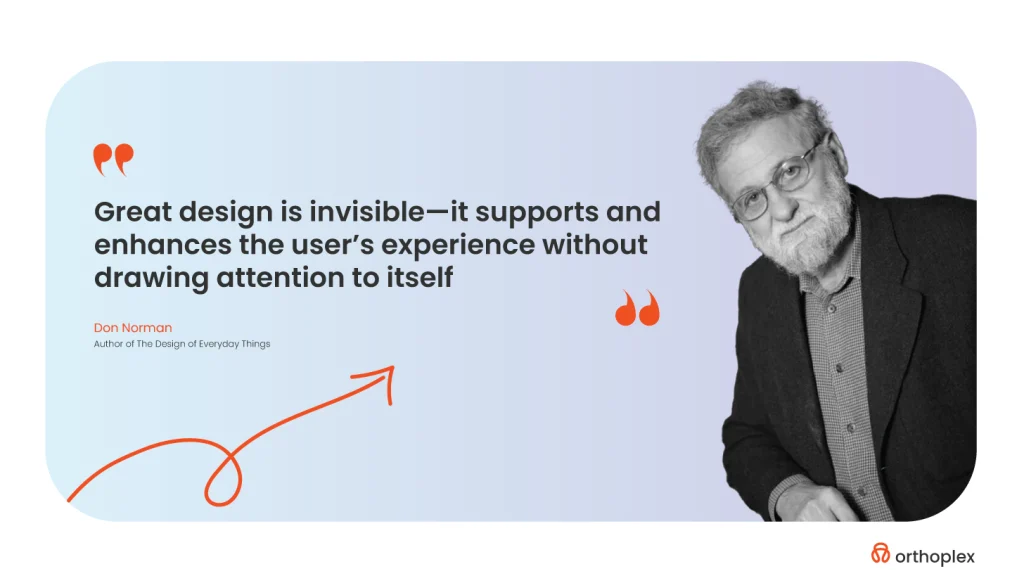
While SEO is key, high security is equally important in the integrity of engaging educational websites. Good SEO drives traffic, but if strong security is not put in place, all the gains achieved through optimized content are rapidly lost through data breaches or cyber-attacks. The challenges and strategies to be employed for a safe and secure online education space are discussed next.
Cybersecurity in Online Learning: Ensuring Safety for Remote Engaging Educational Websites
Online learning revolutionized education by introducing flexibility, personalized content, and access to learning anywhere, anytime. The flip side of the coin brought with it some serious cybersecurity risks. The growth of cyber threats against online education platforms is real. This is indicated through numerous incidents that point to the need to ring in more safety.
Each one of them pertains in particular to online learning platforms:
- Two-factor authentication adds another layer of protection.
- Encryption-protects data moving across it.
- Frequent updates and patches-protecting against newly found vulnerabilities.
- Strict password policies allow users to generate more complex and unique passwords.
- Secure third-party partnerships-vet external partners to keep high standards of security.
Additionally, training workers and users in safe practices, such as recognizing phishing attempts or the timely reporting of security incidents, contributes to increased overall security.
By following these cybersecurity practices, online learning platforms are set to securely continue with accessible education for users while helping protect them against potential cyber threats.
Now that you’re equipped with the do’s of creating an engaging educational website, it’s crucial to understand what not to do.
Common Mistakes Educational Websites Make (And How to Fix Them)
Content problems in higher education engaging educational websites are more than just aesthetically unpleasing; poor content can seriously harm user engagement and even dent the budget of your department or university. Intelligent, well-meaning people often create unusable content for no other reason than misguided practice. The following are the most common mistakes:
An Unrelenting Internal Focus
The problem with most higher education engaging educational websites is that they are decidedly inwardly focused, constructing a framework that makes sense to the university personnel but is a complete anathema to users, like students and their parents. Most times, the top levels of navigation reflect the internal department structure, while content on the landing pages focuses more on the institutional mission than the user needs.
This produces an environment where the visitor cannot obtain fundamental information or achieve what they came for efficiently. They will then become frustrated and disengage. The universities should shift that narrow focus to the needs of their audience, positioning the most relevant content in an accessible manner so users can achieve their goals with ease.
Writing Content Like an Academic Paper
One grievous error higher education engaging educational websites commit is presenting content as if it were an academic paper. Hence, paragraphs become thick and long, grammatically unfit for online reading, especially when users go to get a task done, like submitting forms or paying fees. Most people visiting a university website are not looking for detailed academic prose; rather, they want fast and actionable information. Universities should focus on writing concise, scannable content with clear calls to action so users will find what they need without being overwhelmed by information that isn’t needed.
Nonsensical Navigation and Labels
But another frequent mistake on university engaging educational websites is the undistinguished names of links. From a logical point of view, expressions like “Quick Links” or “Resources” might seem handy, embracing all the rest, but in the real case, they leave users guessing where exactly they should click to proceed to their desired destination, which evokes tangles of frustration and confusions. In such a context, clarity will not hurt in a content-intensive environment like the university website. Specific, descriptive labels help users find what they need sooner, enhancing overall usability and engagement. Efficient navigation is needed to guide the visitor through a website and ensure that they can complete their tasks without becoming lost in a sea of ambiguous links.
Supportive tools to help apply all the above? Here it is, Orthoplex has compiled it into one list for you:
Core Tools and Software to Create Engaging Educational Websites
Engaging educational websites are much more than great content. They are effective communication, secure interaction, and integrated functionality. The team at Orthoplex has put together for both teachers and students the best educational experiences with a complete suite of necessary applications and software. Each one contributes valuable and much-needed support for interaction, collaboration, and information management that will make such tools invaluable for any educational website.
WordPress and LearnDash
In the case of WordPress clients, specialists provide a comprehensive solution by integrating one of the most popular learning management systems, LearnDash. With LearnDash, everything is contained inside the website for a cohesive and seamless experience. This will enable you to easily create, manage, and track courses, quizzes, and your students’ progress directly on your site, thus making it a versatile tool for educators who are looking to build a full-featured e-learning platform. The focus of Orthoplex is delivering this combination solution to make sure you get the most from WordPress and LearnDash.
Moodle
It is an open-source learning environment and is quite popular among academicians due to its flexibility and scalability. It allows educators to create special learning environments that are offered with features such as forums, quizzes, and grading systems. At Orthoplex, while we don’t build Moodle sites directly, we integrate it seamlessly with WordPress engaging educational websites by offering a button or portal link that takes the student to their Moodle environment for easy access and smooth user navigation.
Google Classroom
This is a free, cloud-based solution for educators, easy and simple to use. It seamlessly connects with other Google apps, like Google Docs and Drive. With it, it is pretty simple to assign and manage coursework without any stress. For customers who take a liking to using Google Classroom, Orthoplex has made sure there will be an easy link from their WordPress website to the Google Classroom portal, which will let their students move from one site to another with ease.
Canvas
A fully capable LMS, Canvas is an extremely popular choice among universities and K-12 institutions with its feature set ranging from course management, video integration, and performance tracking one-stop solution for large-scale learning environments. We do not develop on Canvas ourselves; however, we do provide integration services by adding a portal button on your website. This will let your students easily reach their Canvas courses.
Schoology
Schoology provides an intense learning experience through interactions, engaging K-12 students. Further features involve attendance tracking, access for parents, and collaboration tools. On behalf of the clients who use Schoology, we carry out easy yet productive integration where we add a button on the client’s WordPress site to redirect students and educators to their Schoology platform, hence providing them with seamless transitions between systems.
These tools represent the very foundation that can be used to provide a secure, engagingly interactive educational website. Be it communication facilitation, compliance with standards for data privacy, or enabling seamless real-time interactions specific needs of users will be met and increase the learning experience.
Conclusion
The engaging educational websites altogether did change the learning experience in a whole different way by giving interactive environments for learners. Today, an academic website is one of the most important tools that help institutions inform effectively, reach wider audiences, and build lasting credibility. A well-structured educational website will be able to service a range of needs, from the accessibility of key information to prospective students and parents to personalized experiences for enrolled students and staff alike, including but not limited to performance tracking, scheduling, and teaching materials.
And, of course, one should not pass by the significance of mobile-friendly, responsive design in today’s world, where learners need flexibility and accessibility. By optimizing the content for mobile devices, seamless learning experiences are possible on the go, keeping the institutions competitive in the changing needs of the modern learner. Data analytics tools further heighten effectiveness, whereby institutions can track user behavior, refine outreach, and base decisions on real data.
Finally, organic traffic flow shall be ensured to increase online visibility and enhance the attraction of prospects with the best practices in SEO. An institution can remain competitive in the digital arena by providing user-oriented content, consistency in update cycles, and optimization concerning search engine features. In the modern era of digitization, engaging educational websites are no longer a luxury; they have come as a compulsion in shaping the future of education by making learning easily accessible, interactive, and engaging for all the stakeholders involved.

